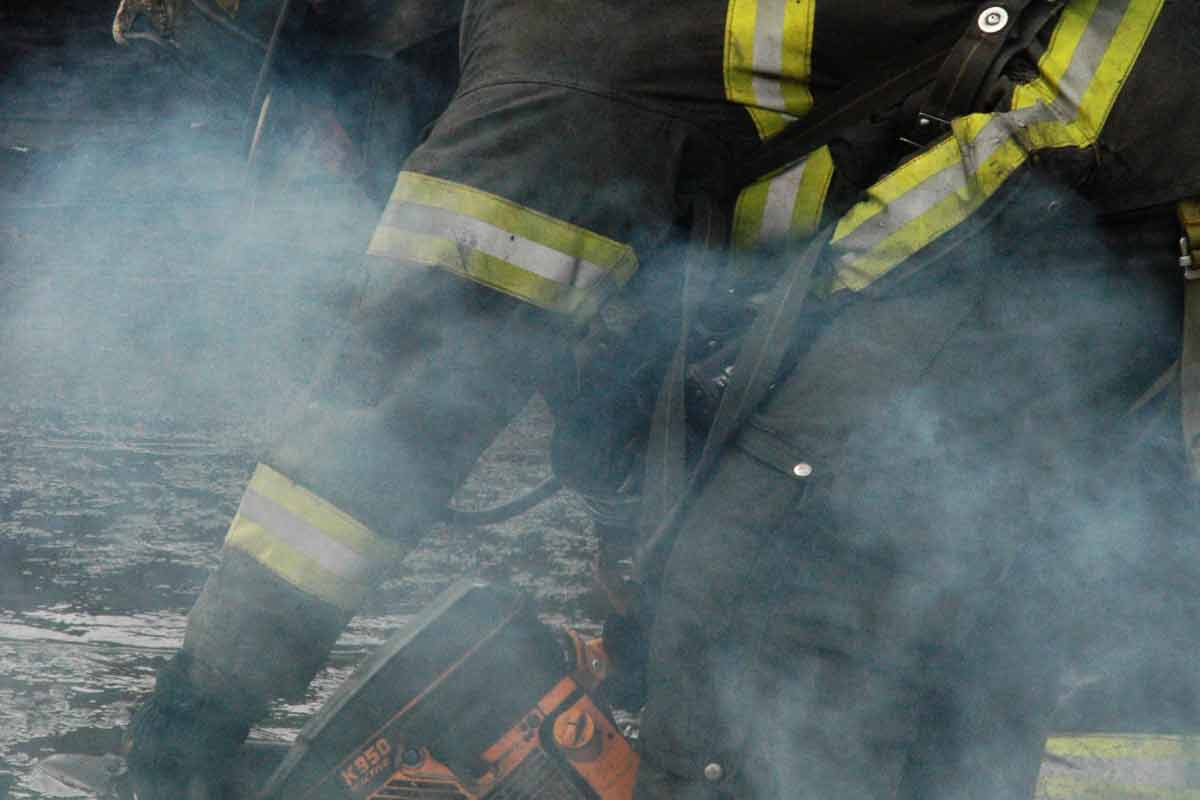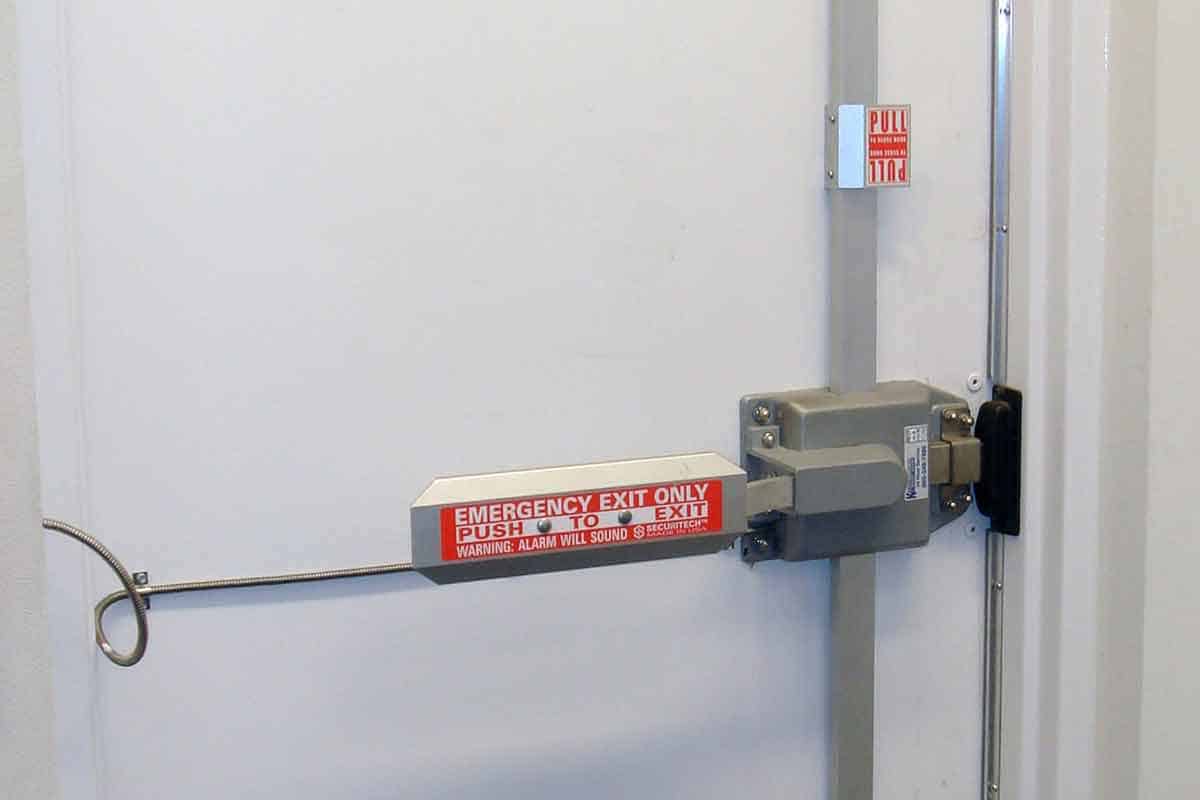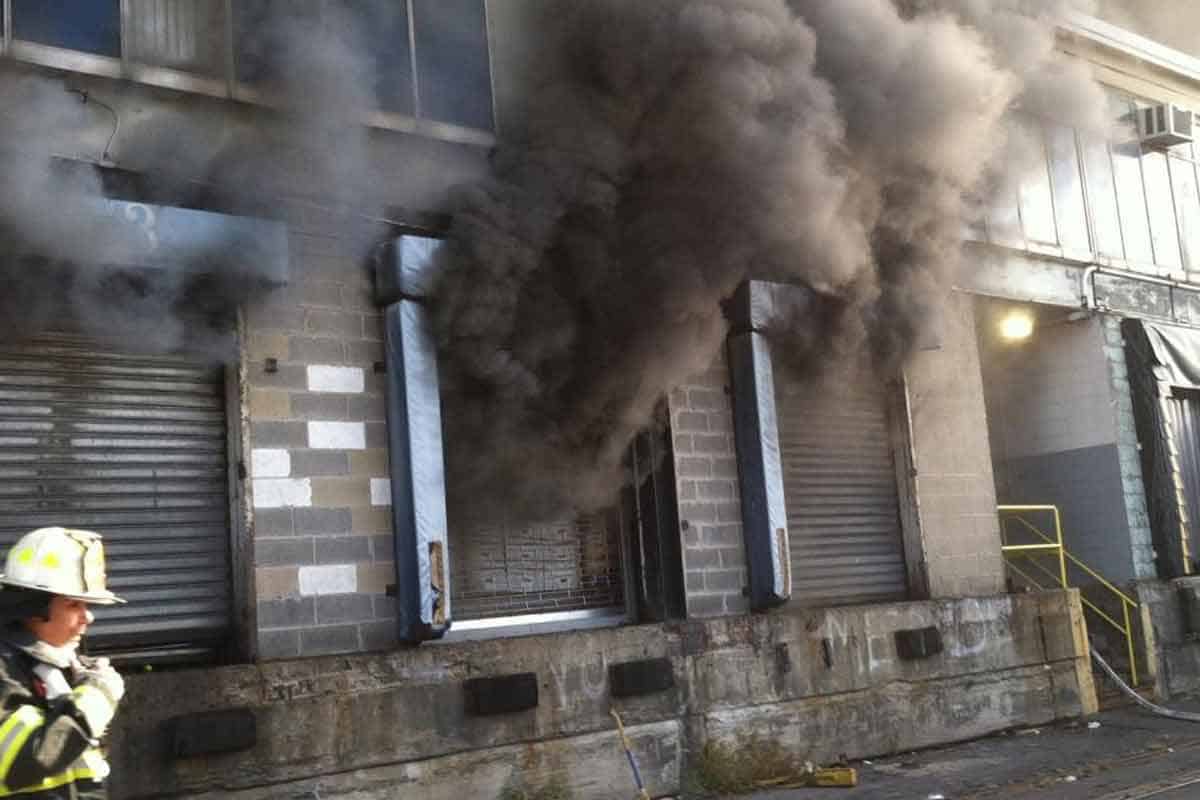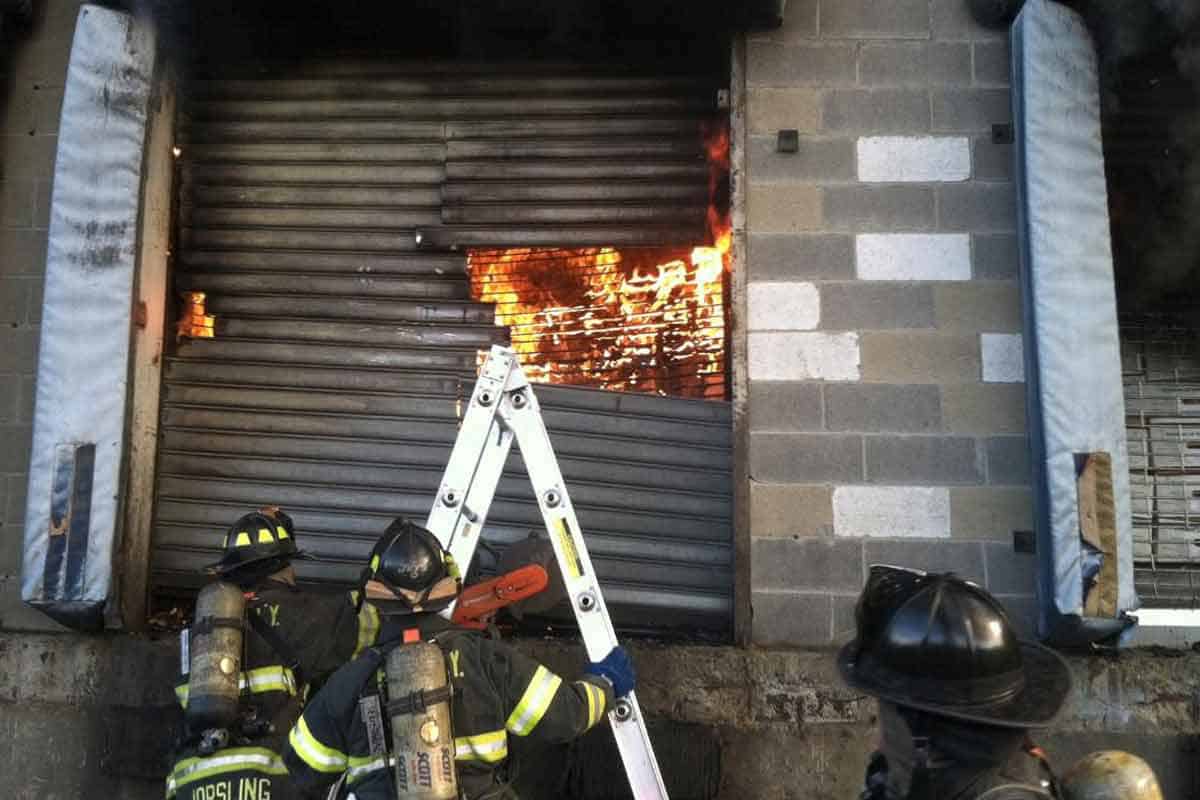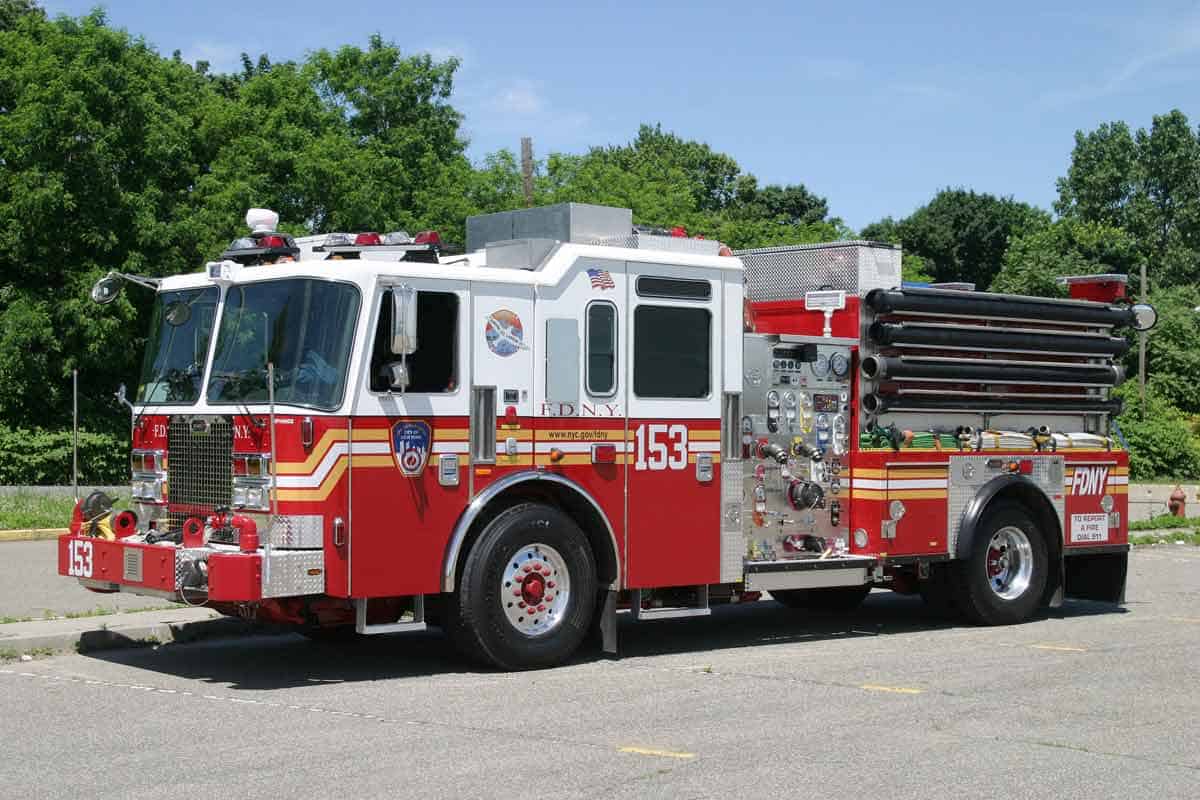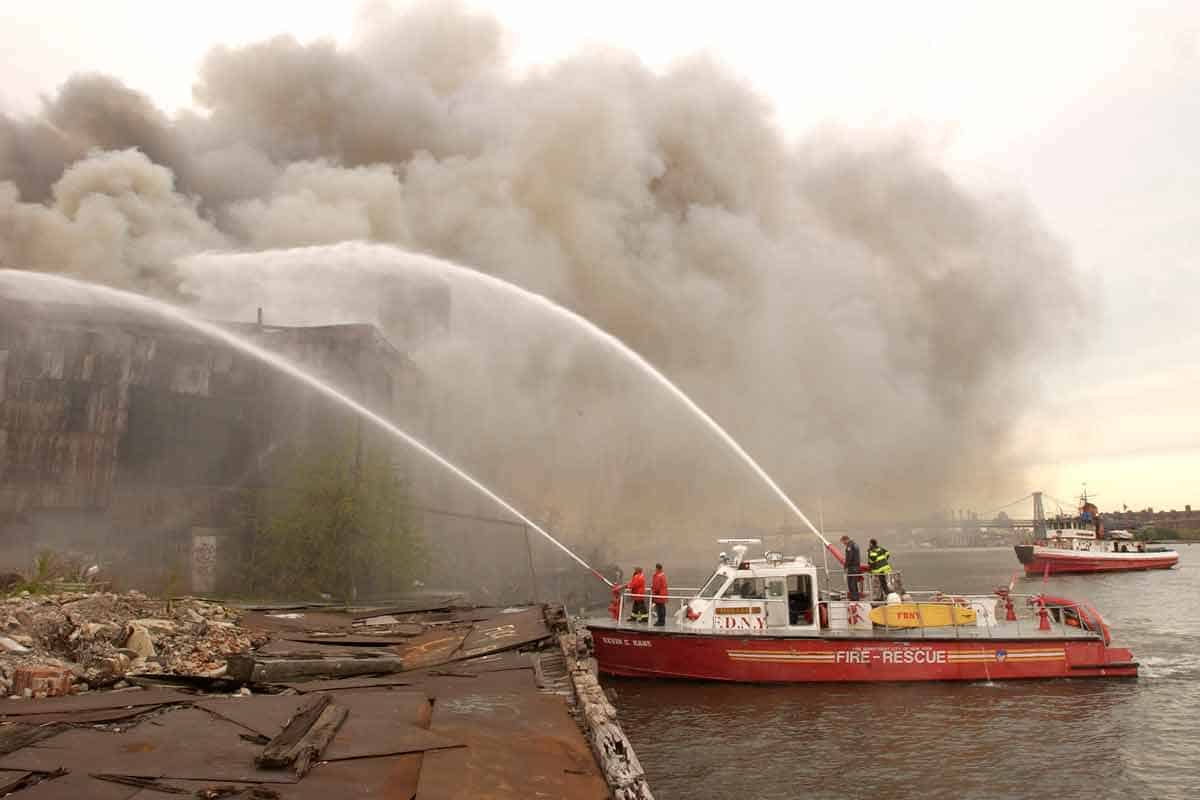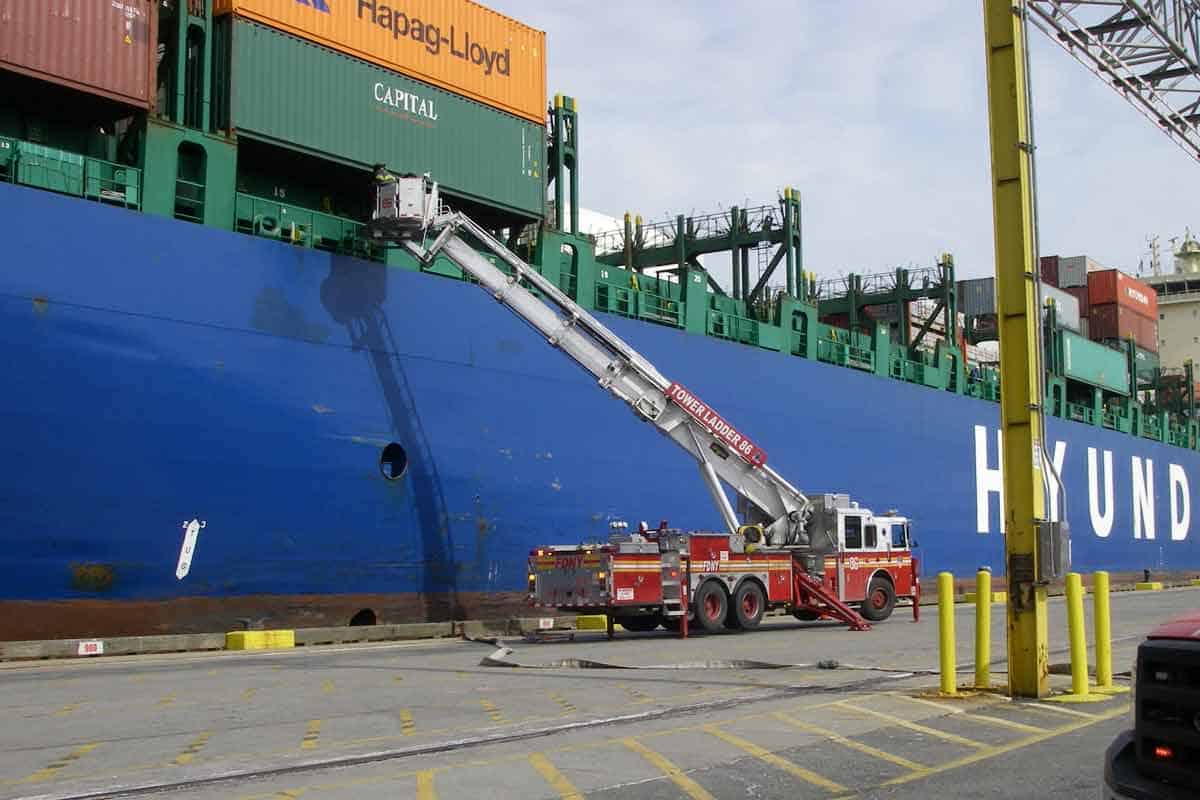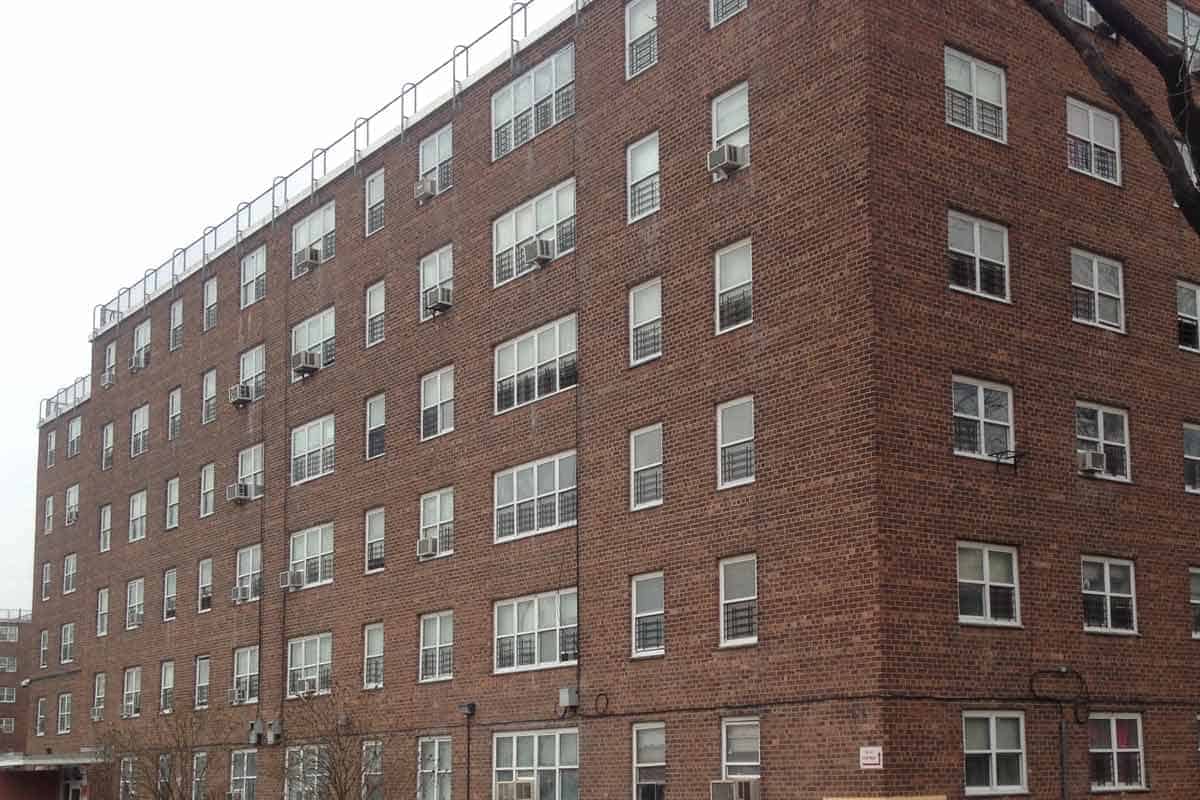Everybody goes! Phone alarm. Residential. First-due engine. First-due truck. Address is 123 Main Street…Male caller states fire on second floor…Multiple dwelling…Three and two on the Box! As members hear the housewatch shout out the ticket, they start their size-up. Going through their mental Rolodex, they think of all the buildings on that block, creating a […]
As security concerns over the years have increased, so have the various methods and devices used to secure buildings and property. Firefighters have become accustomed to seeing drop bars, Fox locks, multiple dead bolts and slide locks on the doors of taxpayers and other buildings. These devices pose a significant safety risk to Firefighters and […]
As an operation progresses and Sectors/Groups and/or Branches have been assigned, it is incumbent upon the Incident Commander (IC) to establish a Command Channel to effectively implement strategy, coordinate supervision and facilitate better control of the overall operation. Implementation of a Command Channel shall be established under the following conditions: Third alarm or greater Signals […]
The 9×6 day tour in Bronx Battalion 3 started out rather uneventfully on November 20, 2013. The weather was seasonable and clear, with air temperatures in the low 40s and wind gusts in the 10- to 15-mph range. In this week before Thanksgiving, all signs indicated this day would be a pleasant and routine one. […]
Delivery has started on the latest generation of FDNY pumpers. The 91 new rigs are being built by Kovatch Mobile Equipment Corporation (KME)…
Editor’s Note: This second part of a two-part article focuses on firefighting operations at mill structures. Firefighting operations Fires in mill-constructed buildings pose a tremendous operational challenge. Firefighters must be prepared to engage heavy fire conditions. To fight fires in mill buildings effectively, two major concerns must be dealt with: 1. the large, open area […]
At 2107 hours on the evening of March 11, 2014, Engines 158, 154 and 157, Ladders 86 and 83, Battalion 22, Marine 9, the Marine Battalion and Tactical Support Unit 2 were dispatched to Staten Island Box 1194, 500 Western Avenue. That address is the main entrance to the New York Container Terminal, formerly known […]
Low-rise, fireproof multiple dwellings (LRFPMD) present unique challenges to the FDNY. Generally older buildings, they may be found in proximity to high-rise, fireproof multiple dwellings (HRFPMD.) Fires in these structures are complex and they will present problems similar to those found in taller fireproof buildings, while requiring tactics used in HRFPMDs and non-fireproof multiple dwellings […]
Everybody goes! Phone alarm. Residential. First-due engine. First-due truck. Address is 123 Main Street…Male caller states fire on second floor…Multiple dwelling…Three and two on the Box! As members hear the housewatch shout out the ticket, they start their size-up. Going through their mental Rolodex, they think of all the buildings on that block, creating a […]
As security concerns over the years have increased, so have the various methods and devices used to secure buildings and property. Firefighters have become accustomed to seeing drop bars, Fox locks, multiple dead bolts and slide locks on the doors of taxpayers and other buildings. These devices pose a significant safety risk to Firefighters and […]
As an operation progresses and Sectors/Groups and/or Branches have been assigned, it is incumbent upon the Incident Commander (IC) to establish a Command Channel to effectively implement strategy, coordinate supervision and facilitate better control of the overall operation. Implementation of a Command Channel shall be established under the following conditions: Third alarm or greater Signals […]
The 9×6 day tour in Bronx Battalion 3 started out rather uneventfully on November 20, 2013. The weather was seasonable and clear, with air temperatures in the low 40s and wind gusts in the 10- to 15-mph range. In this week before Thanksgiving, all signs indicated this day would be a pleasant and routine one. […]
Delivery has started on the latest generation of FDNY pumpers. The 91 new rigs are being built by Kovatch Mobile Equipment Corporation (KME)…
Editor’s Note: This second part of a two-part article focuses on firefighting operations at mill structures. Firefighting operations Fires in mill-constructed buildings pose a tremendous operational challenge. Firefighters must be prepared to engage heavy fire conditions. To fight fires in mill buildings effectively, two major concerns must be dealt with: 1. the large, open area […]
At 2107 hours on the evening of March 11, 2014, Engines 158, 154 and 157, Ladders 86 and 83, Battalion 22, Marine 9, the Marine Battalion and Tactical Support Unit 2 were dispatched to Staten Island Box 1194, 500 Western Avenue. That address is the main entrance to the New York Container Terminal, formerly known […]
Low-rise, fireproof multiple dwellings (LRFPMD) present unique challenges to the FDNY. Generally older buildings, they may be found in proximity to high-rise, fireproof multiple dwellings (HRFPMD.) Fires in these structures are complex and they will present problems similar to those found in taller fireproof buildings, while requiring tactics used in HRFPMDs and non-fireproof multiple dwellings […]


